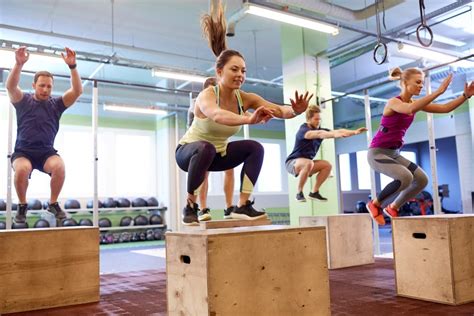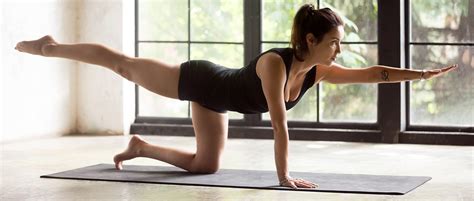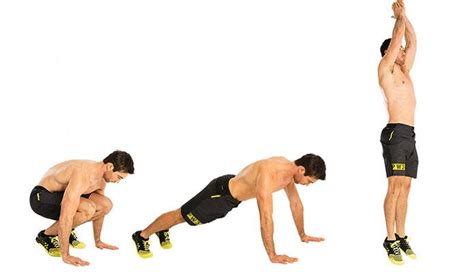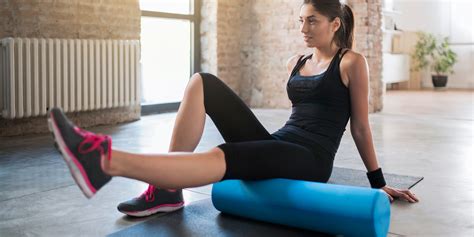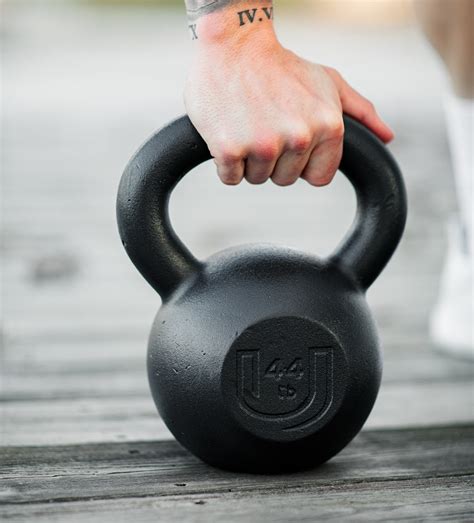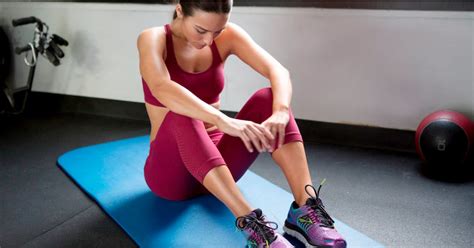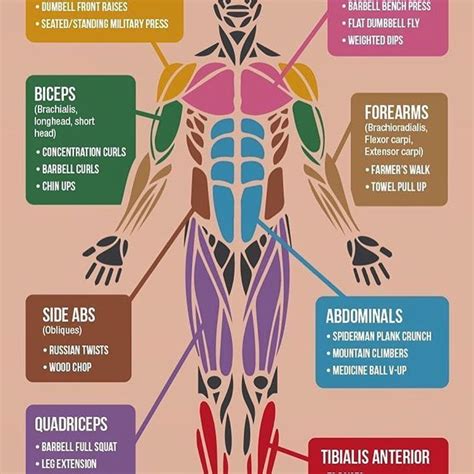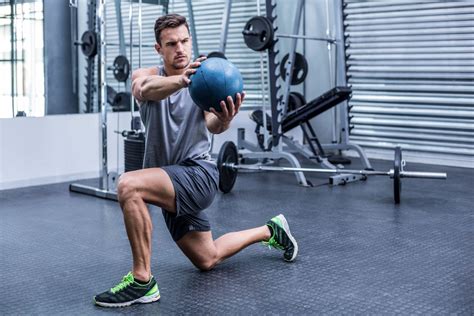
Are you looking to add some definition and strength to your upper body? Bicep curls are a great exercise to incorporate into your workout routine.
Not only do bicep curls target the biceps, but they also engage the forearms and shoulders. This compound movement helps to build overall upper body strength and can improve your performance in other exercises as well.
To perform a bicep curl, start by standing with your feet shoulder-width apart and holding a dumbbell in each hand. Keep your elbows close to your sides and slowly lift the weights up towards your shoulders, squeezing your biceps at the top. Lower the weights back down to the starting position and repeat for desired reps.
It’s important to maintain proper form during bicep curls to avoid injury and maximize results. If you’re unsure of the correct technique, a certified personal trainer like Jean Paul Rivas can help guide you.
Incorporating bicep curls into your regular workout routine can help improve upper body strength and add definition to your arms. With the help of a qualified trainer like Jean Paul Rivas, you can effectively execute this exercise and reach your fitness goals.

